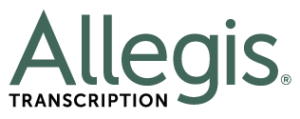What is Verbatim Transcription? 4 Facts to Know
When it comes to including recorded statement transcription as part of a company’s claims process, it is important to know which style of transcription a company provides and what their accountability standard is for their transcribers. Understanding what the process is and what it involves is the first step in finding a firm that suits your department’s unique needs.
Here are four facts to know about verbatim transcription.
#1: Verbatim Transcription is Important and Includes Every Little Detail
The first thing you really need to know about verbatim transcription is that it includes everything that is said on the audio file. This means that any false starts, fillers, pauses, and repetitions are included in the text. Even grammatical errors, stutters, and repetitions are written down in textual format.
For insurance companies, this can be very important. Cases where an insured or claimant is providing a false statement can sometimes be detected through their speech patterns and their choice of wording—items that may not be picked up through a clean transcription that has been edited to include only content. These documents may later even be used as evidence in court or when presenting a fraud case to law enforcement.
#2: There Are Multiple Types of Verbatim Transcription
While many people think that all verbatim transcription is the same, it is not. In fact, there are two different types that are commonly offered throughout the industry: true verbatim and verbatim.
True verbatim includes everything on the audio file, such as background noise and laughter. It also includes various non-verbal communications that make a difference in how the information is conveyed instead of just the words used. For example, a sigh or pause can project a different value than a giggle or whine. Even a smile during a statement can be detected through tone of voice. While nonverbal elements cannot be captured through either type of verbatim transcription, all verbal cues are included.
Basic verbatim involves transcribing what was said, but with a minor amount of editing. Often, this includes taking out “uhs” and “ums” and other various sounds that don’t necessarily change the information being given. However, basic verbatim still includes as much of the actual information as possible.
Both styles are fairly common throughout the transcription industry. Deciding which one suits your needs usually depends on the overall information you want to capture and the reason why you are having a transcription done in the first place.
#3: Verbatim Transcription Providers Have to Pay Attention to Detail
Attention to detail is vital when it comes to verbatim insurance transcription. Those converting audio files to text have to have a keen ear for virtually every small sound that comes through a file. In some cases, this even means listening several times to ensure the final document is as complete as possible.
It takes years of experience to become a successful verbatim transcriptionist. Voice recognition technology is improving every day, but the technology is still not at the point where it can completely replace a trained human ear so editors or scopists are still necessary.
Most quality transcription providers have rigorous standards and accountability procedures that they use to ensure nothing is missed. Transcribers and editors also have to be familiar with certain industry terms and jargon for what industry they are transcribing for and continuously looking to increase their knowledge about a particular subject.
#4: Many Industries Utilize Verbatim Transcription
While Allegis focuses on transcribing recorded statements from the insurance industry, transcription of text in a verbatim fashion is actually utilized by a wide range of niches. Usually, these are areas where having clear facts presented in a complete, unedited fashion is essential. Medical teams, legal firms, and other similar companies all utilize this transcription type.
At Allegis Transcription, we understand how important quality verbatim transcription is to our clients. With nearly three decades of experience with insurance transcription, we understand the unique needs of the industry and how a recorded statement is converted to text. In addition, we score our transcribers to ensure they maintain, at minimum, a 98% accuracy rate, allowing us to provide our customers with the best service possible.





I am interested in receiving a response re your classes program and certification, and the type of equipment I need for same. My goal is to do legal transcription. Thank you. [email protected]. I cannot begin the classes until February, but would be glad to sign-up asap . Thank you. Linda Pawling
Hi Linda, please contact [email protected] for more information.